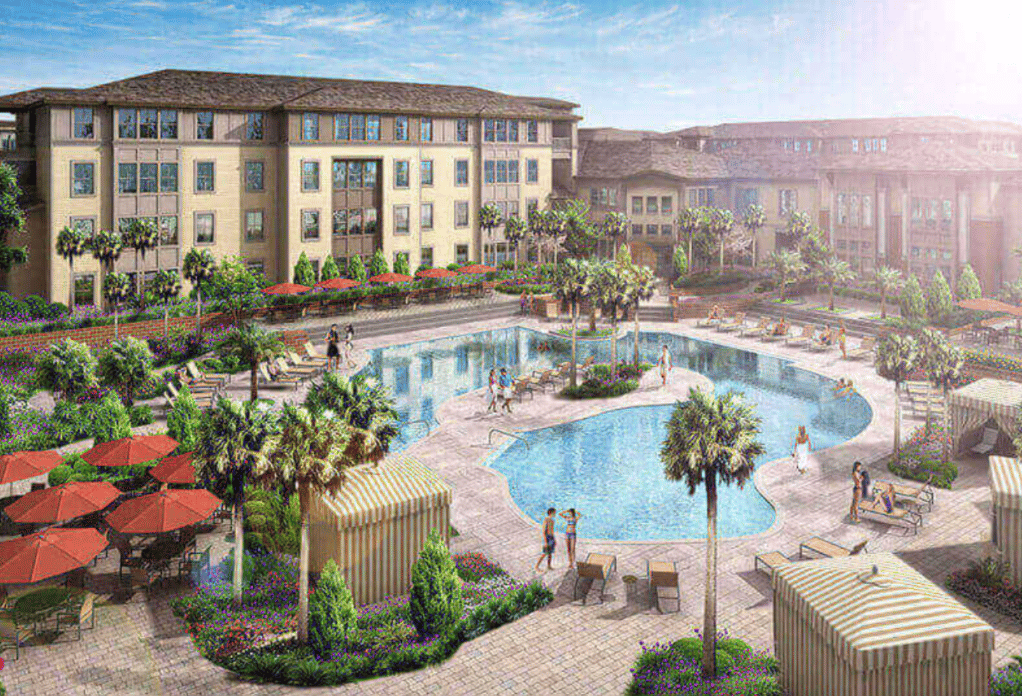- Real Estate Observer
- Posts
- Purchasing From a Developer
Purchasing From a Developer

In recent years, we've seen a shift toward higher-quality investments in multifamily real estate. Investors, myself included, are more willing to put money into newer vintage assets, as they seem to come with less risk.
Cap rates haven't expanded enough for me to feel adequately compensated for the risk involved in investing in Class C projects.
One opportunity in today’s market is purchasing directly from developers who started their builds between 2021 and 2023. Many of these developers are simply looking to break even, as prices have dropped significantly since the peak in early 2022. They’re in the business of building, not managing apartment communities, and often find it in their best interest to sell, recover what they can, and move on.
Background:
Source: Marcus & Millichap
As shown in the charts above, the low interest rates of 2021 and 2022 triggered a surge in multifamily permits, creating a substantial pipeline for multifamily construction. The number of apartment project completions significantly increased starting in 2023 and is expected to peak in 2024. While completions will remain high through 2025, they will dip from the 2024 peak and continue to decrease into 2026 and 2027, mainly due to the lack of new multifamily starts in the current market environment.
The demand (absorption) is also noteworthy, and it's a positive indicator for rent growth as the supply continues to be absorbed.
Purchasing From a Developer
To be clear, I have not participated in any deals being purchased directly from a developer, so this knowledge is from my research, and not from personal experience. The return profile is a bit too low for my taste. While I am certainly in the flight to quality group, I’m generally looking for 1990s on the low end to ~2015 built assets. Still, I find the thesis around purchasing direct from the developer to be interesting.
Many times, when someone purchases from a developer, it is going through lease-up which is a tall task in today’s market. With so many new complexes popping up, taking a complex from 0% occupancy to stabilization is not easy. A developer might opt to sell during this lease up period, providing potential upside to the new buyer, but also that same lease up risk.
I would pay very close attention to a few items if considering one of these deals:
Pro Forma Rents
Concession Assumptions
Loss to Lease Assumptions
Debt Product
To lease up quickly, you will likely need to offer either lower rents than direct competitors (which there are a lot of right now in many areas) or concessions.
Concessions are a way of offering lower rent. For example, landlords are offering things like, 2 months free rent, gym memberships, and free TVs to help lease up their apartment communities.
Make sure that any deal you're evaluating accounts for the struggles of lease up in today’s environment. Concessions might not necessarily “burn off” as quickly as owners would like. They might have to offer additional concessions to incentivize tenants to renew in a year's time once their initial lease is expiring. Markets like Austin, TX still have a lot of supply to work through.
Additionally, if the plan is to offer lower rents to fill up the complex quickly, I’d be careful of anyone expecting they can bring those rents to “market” in just one year’s time. I’d make sure there is room in the pro forma for loss to lease and concessions to “burn off”.
Per usual, the source of debt can end up being the highest source of risk. Because of the low occupancy, a purchaser will not be able to use fixed rate agency debt, as it sits below their lending threshold of ~90% occupancy. They might have to take it down with a bridge loan. While no one expects interest rates to rise dramatically, it would be prudent to pay very close attention to any expected refinance or sale assumptions.
Questions I Would Ask Regarding These Exit Assumptions:
If your NOI projections at time of sale/refi are 10% less than expectations, what are the implications for my investment?
If cap rates expand 50 bps, what are the implications for my investment? Core+ opportunities seem to be trading around a 5% cap rate right now.
If you combine the NOI decrease and the expansion of cap rates, what are the implications to my investment?
Is there a rate cap and when does it expire? What’s the plan once it does? You can read more on rate caps here.
If you want to see some of the amenities going into newly built Class A apartment Communities click here.
Reply